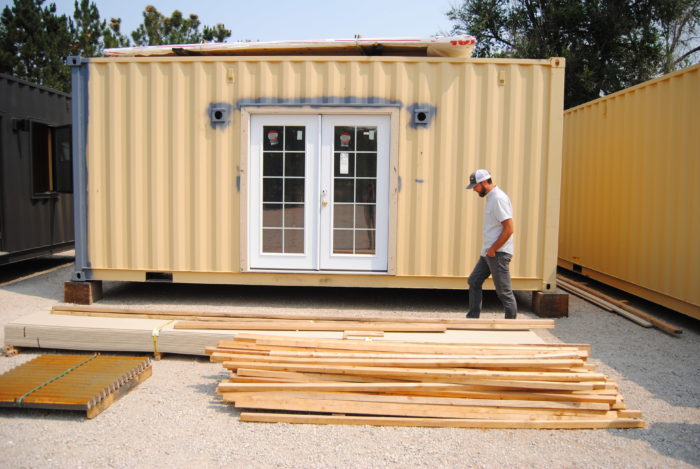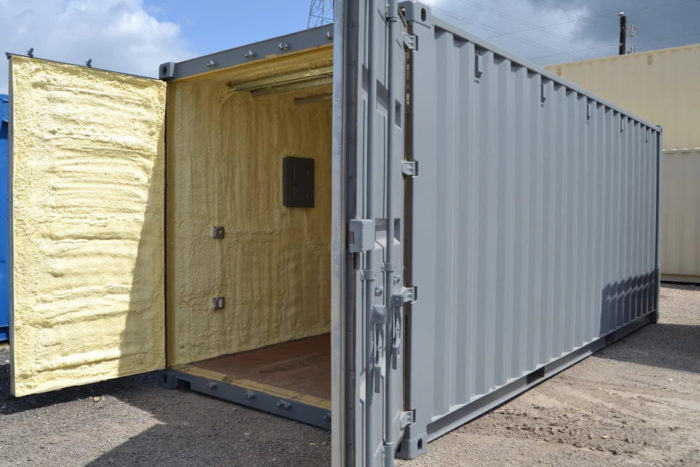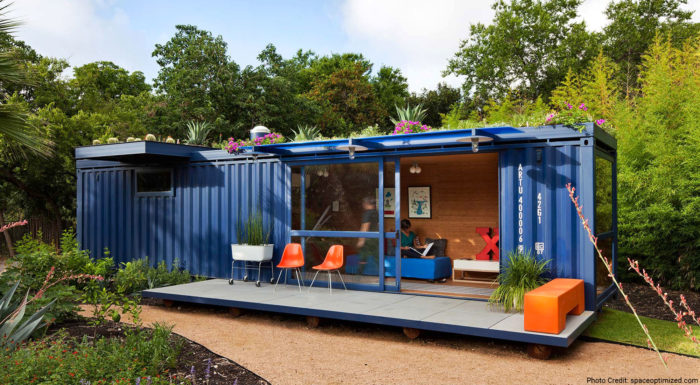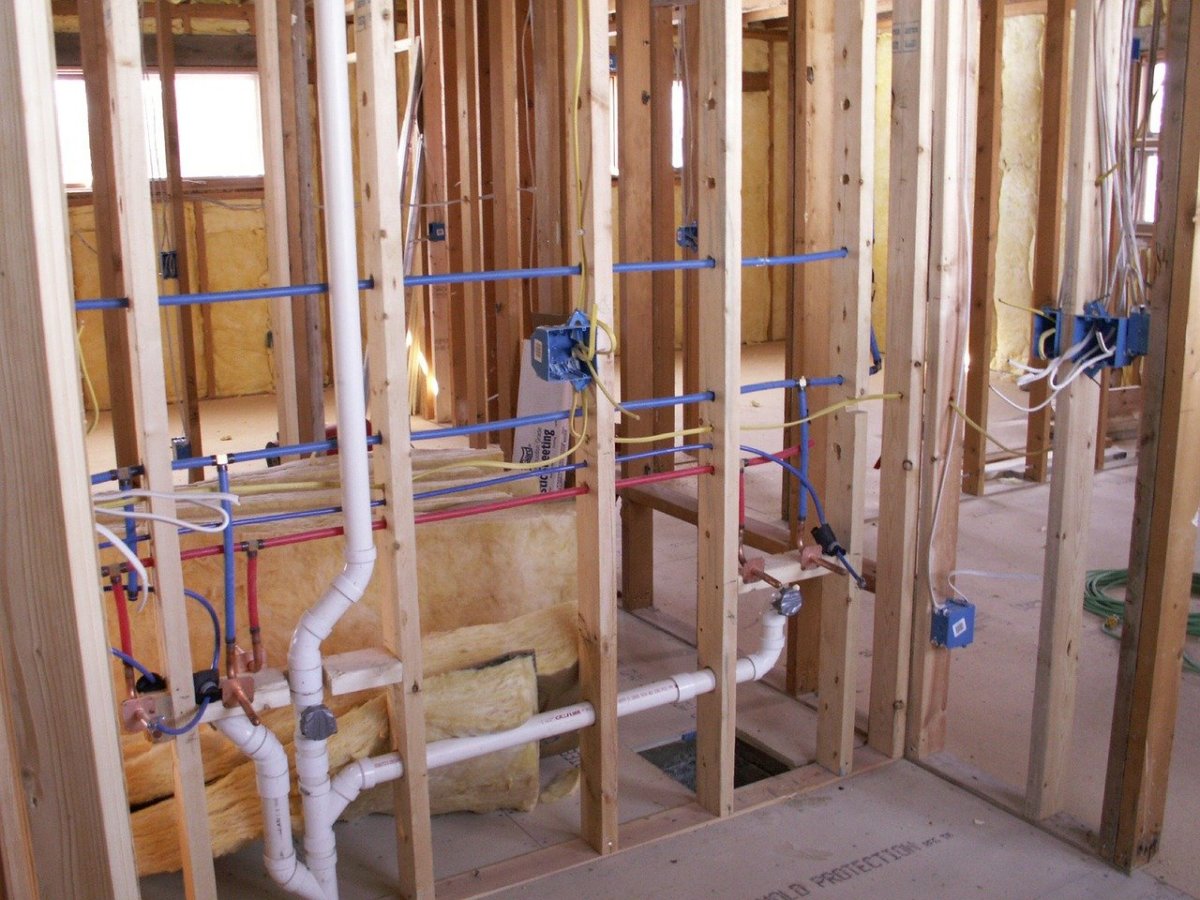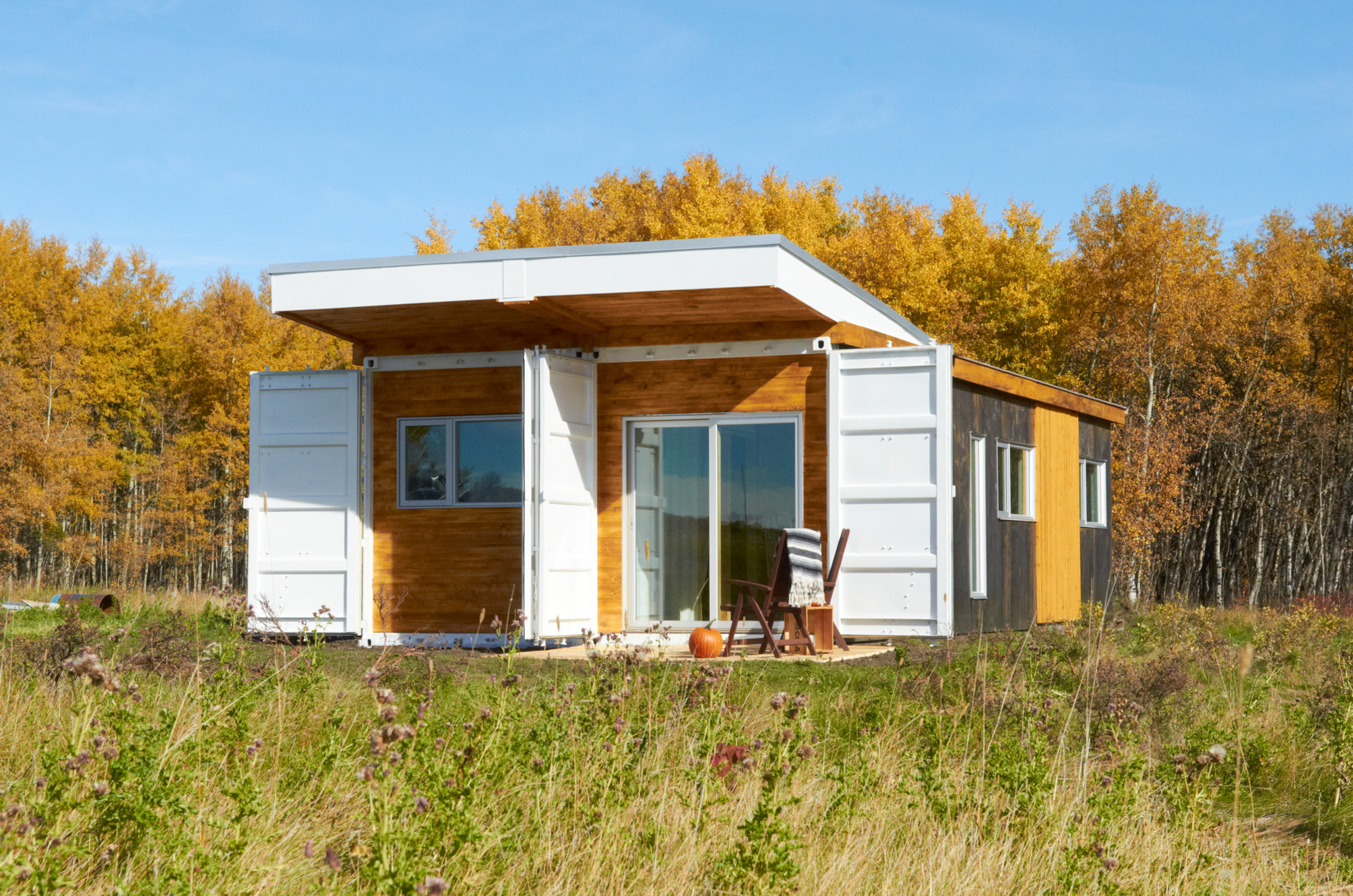Thinking about embarking on the exciting journey of building a shipping container home? You’re not alone. Shipping container homes have gained popularity for their sustainability, affordability, and unique aesthetics. However, before you dive into this innovative housing trend, there are several essential tips you should keep in mind to ensure a successful project.
Why Choose A Shipping Container Home?
Before delving into the tips, let’s briefly explore why shipping container homes are gaining traction:
- Sustainability
Repurposing shipping containers reduces waste and promotes eco-friendliness. To minimize their environmental impact, these homes often incorporate green features, such as rainwater harvesting and solar panels.
- Affordability
Shipping containers are cost-effective building blocks. They typically cost less than traditional building materials, making container homes an attractive option for budget-conscious individuals.
- Versatility
Containers can be customized to suit various design preferences. Their modular nature allows for creative layouts and architectural innovation, giving homeowners the flexibility to design a unique living space.
- Durability
Steel containers are built to withstand harsh conditions. Their sturdy construction ensures longevity and can withstand extreme weather, making them an excellent choice for resilient housing.

Container House l Plannea Arquitectura + Constanza Domínguez C. Cortesía of Constanza Domínguez Claro
Tips Before Building A Shipping Container Home
Now, let’s get into the tips, each expanded to provide you with more detailed insights.
1) Research Local Regulations
Before starting your project, thoroughly research local zoning laws, building codes, and permit requirements. Some areas may have specific regulations for shipping container homes, including size, placement, and design restrictions. Failure to adhere to these regulations can lead to delays, fines, or even the demolition of your project. Consulting with local authorities or a zoning expert can help you navigate these complexities and ensure your container home complies with all necessary guidelines.
2) Plan Your Budget
Establishing a realistic budget is paramount when building a shipping container home. Beyond the cost of the containers themselves, consider expenses such as site preparation, insulation, utilities, and interior finishes. Unexpected costs can quickly add up, so allocating funds for contingencies is crucial. Seek quotes from contractors and suppliers early in the planning process to understand your project’s total cost clearly. A well-defined budget will help you manage your finances effectively throughout construction.
3) Choose the Right Containers
Selecting the proper shipping containers is critical in constructing your container home. Scrutinize containers to ensure they are in good condition and free from rust, structural damage, or hazardous materials. Verify their history and origin to avoid potential issues. Additionally, consider the size and layout of the containers to ensure they align with your design and space requirements. Reputable container suppliers can guide sourcing containers that meet your needs.
4) Site Selection
Choosing the right location for your shipping container home is essential for its long-term functionality and comfort. Factors to consider include accessibility, proximity to utilities, and climate conditions. Ensure the site’s soil conditions can support your chosen foundation type, whether it’s concrete piers, a slab, or a full basement. Conduct soil testing and consult with a geotechnical engineer to assess the suitability of your chosen location.
5) Insulation is Key
Proper insulation is critical for maintaining comfortable temperatures inside your shipping container home and preventing condensation, which can lead to mold and structural issues. One popular option is spray foam insulation, which provides excellent thermal performance and moisture resistance. Consult an insulation specialist to determine the most suitable insulation material and installation method for your climate and design preferences. Investing in quality insulation will contribute to energy efficiency and year-round comfort.
6) Foundation Matters
Decide on the appropriate foundation type for your shipping container home, considering soil conditions, local building codes, and your budget. Concrete piers are a common choice, offering stability and elevation to prevent moisture issues. A concrete slab provides a solid base but may require more extensive excavation and preparation. If you need additional living space, consider a full basement, which can offer extra storage or living areas. Work with a structural engineer to determine the best foundation for your needs.
7) Professional Help
While DIY construction is possible, hiring professionals is highly recommended for critical aspects of your shipping container home project. Engage experts in structural engineering, electrical, plumbing, and other specialized tasks. Professionals have the knowledge and experience to ensure your container home meets safety standards and complies with local building codes. Their expertise will also help you avoid pitfalls and costly mistakes, leading to a safer and more successful construction process.
8) Structural Modifications
If you plan to make structural modifications to your shipping container home, such as cutting openings for doors and windows, it’s crucial to reinforce these areas properly. Cutting into the container’s structural integrity can compromise its strength and stability. Consult with a structural engineer or experienced contractor to assess the necessary reinforcements. They will ensure that the modifications are performed correctly and safely, preserving the structural integrity of the containers while accommodating your design requirements.
9) Design Creatively
One of the most exciting aspects of building a shipping container home is the opportunity for creative design. Think beyond conventional layouts and explore innovative ways to use container modules. Containers can be stacked, cut, and configured to create unique living spaces, balconies, and outdoor areas. Collaborate with an architect or designer experienced in container construction to bring your creative vision to life. A well-thought-out design not only enhances the aesthetics of your home but also maximizes functionality and comfort.
10) Plumbing and Electrical Planning
Careful planning of plumbing and electrical systems is essential to ensure your shipping container home functions smoothly. Work with licensed professionals to design and install these systems according to local building codes and energy-efficient standards. Consider energy-saving fixtures, appliances, and renewable energy sources like solar panels to reduce your environmental impact and long-term utility costs. Integrating smart home technology can also enhance convenience and energy management within your shipping container home.
11) Ventilation
Proper ventilation is vital for maintaining healthy indoor air quality, preventing moisture buildup, and regulating temperature. Install vents strategically to facilitate airflow and control humidity levels. Consider incorporating a heat recovery ventilator (HRV) or energy recovery ventilator (ERV) to enhance ventilation while preserving energy efficiency. Adequate ventilation is particularly crucial in container homes, where airtightness can be a concern. Consult an HVAC specialist to design a ventilation system that meets your needs and local climate conditions.
12) Roofing and Rainwater Collection
Selecting an appropriate roofing system is essential for protecting your container home from the elements. A sloped roof design is advisable to prevent water pooling and causing structural issues. Additionally, consider incorporating a rainwater collection system into your roof design. This sustainable feature can provide a reliable water source for landscaping, flushing toilets, or even potable use when properly filtered and treated. Consult a roofing expert to choose the best roofing materials and rainwater harvesting system for your container home.
13) Sustainable Features
Embrace sustainability by integrating eco-friendly features into your container home. Solar panels can provide clean, renewable energy to power your home, reducing your reliance on the grid. Energy-efficient appliances and lighting further minimize your environmental footprint while lowering utility bills. Implementing passive design principles, such as maximizing natural light and optimizing insulation, can enhance energy efficiency. Explore additional sustainability options like composting toilets, greywater recycling systems, and native landscaping to create an environmentally responsible and self-sufficient living space.
14) Quality Over Quantity
When it comes to materials and craftsmanship, prioritize quality over quantity. Cutting corners or choosing subpar materials can lead to maintenance issues and decreased longevity of your container home. Invest in durable, high-quality components, from roofing and insulation to doors and windows. Quality artistry ensures that your container home stands the test of time, providing a comfortable and secure living environment for years.
15) Safety and Security
Prioritize safety and security features in your container home design. Reinforced doors and windows with secure locks and shatter-resistant glass enhance protection against intruders and extreme weather events. Consider installing a security system with alarms and surveillance cameras for peace of mind. Adequate lighting, both inside and outside, is essential for safety and visibility at night. Balancing aesthetics with security measures ensures that your container home offers a safe and comfortable living environment for you and your family.
16) Interior Design
Thoughtful interior design is key to maximizing the functionality and aesthetics of your shipping container home. Work with an interior designer or architect to optimize available space, ensuring each area serves a specific purpose. Consider built-in storage solutions to maximize organization and minimize clutter. Explore creative design elements such as custom cabinetry, unique flooring options, and space-saving furniture. By carefully planning your interior design, you can create a welcoming and personalized living space that reflects your style and meets your daily needs.
17) Maintenance and Weatherproofing
Regular maintenance and weatherproofing are essential to preserve the longevity and integrity of your container home. Inspect your containers periodically for signs of rust or damage, especially in areas prone to corrosion. Apply weatherproof coatings as needed to protect against moisture and the elements. Check roofing and insulation for wear and tear, and promptly replace or repair damaged components. By staying proactive with maintenance and weatherproofing, you can ensure your container home remains comfortable and resilient throughout its lifespan.
In a Nutshell
Building a shipping container home is an exciting endeavor with numerous benefits, including sustainability, affordability, and design flexibility. However, success in this venture requires thorough planning, adherence to regulations, and attention to detail. By following these 17 tips and seeking professional guidance when needed, you’ll be well-prepared to embark on this innovative journey of creating your dream shipping container home. Are you ready to turn your shipping container home dream into a reality? With careful planning and these tips, you’ll be well-equipped to create a unique, sustainable, and comfortable living space that reflects your style and values.
© Maple Modular Homes
Courtesy of People's Architecture Office
Container House l Plannea Arquitectura + Constanza Domínguez C. Cortesía of Constanza Domínguez Claro
© Pro Arkitects
© Aussie Tiny Houses
© Gateway Containers
Courtesy of KUNC
© Falcon Structures
© Angel Schatz, Flickr
© Off Grid World
Courtesy of StorageContainer.com
© Julio Q, Fiverr
© Dengarden
© Land University - Land Central
© Homecrux
Courtesy of Visit Victoria
Courtesy of Cargohome.com
© Shipping Container Homes & Buildings
House No.7 l Denizen Works. © David Barbour
Courtesy of Modernhuts.com





